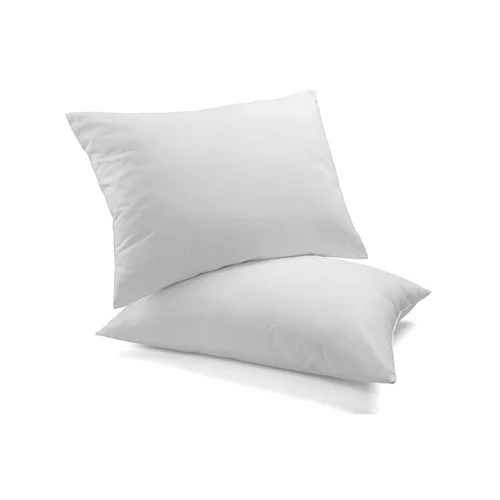Sleep is not just a nightly ritual; it’s a vital component of overall health and well-being. While we often focus on the duration and quality of sleep, the role of the pillow in promoting optimal health should not be underestimated. This blog explores the science behind good pillow calculations, guiding you towards selecting the ideal pillow that aligns with your health goals.
- Understanding Ergonomics: The foundation of a healthy pillow is rooted in ergonomics—the science of designing products to maximize efficiency and comfort. When it comes to pillows, this means supporting the natural curvature of the spine and ensuring proper alignment of the head, neck, and shoulders. Consider the angles and contours of your body as you embark on the quest for the perfect pillow.
- Factoring in Sleep Position: Your preferred sleep position plays a significant role in pillow selection. For back sleepers, a medium loft pillow that supports the natural curvature of the neck is ideal. Side sleepers benefit from a higher loft to maintain spine alignment, while stomach sleepers should opt for a lower loft to prevent strain on the neck.
- Calculating Pillow Loft: Pillow loft, or thickness, is a crucial factor in maintaining proper spinal alignment. A simple calculation involves measuring the distance between your neck and the bed when lying down. The goal is to fill this space with a pillow that provides adequate support without straining or compressing the neck muscles.
- For side sleepers: Measure the distance from the outer edge of your shoulder to the ear.
- For back sleepers: Measure the distance from the base of the neck to the bed.
- For stomach sleepers: Measure the distance from the tip of the nose to the bed.
- Consider Material Properties: Different pillow materials offer varying degrees of support and comfort. Memory foam, for instance, conforms to the shape of your head and neck, providing personalized support. Latex pillows are resilient and hypoallergenic, while feather pillows offer a plush, adjustable loft. Consider your personal preferences and any allergies when choosing the material that best suits your health needs.
- Allergen Control and Hypoallergenic Options: Allergens in pillows can disrupt sleep and impact overall health. Hypoallergenic pillows, such as those made from latex or memory foam, resist dust mites and allergens. Calculating the potential impact of allergens on your health is a critical consideration in choosing the right pillow.
- Investing in Quality: Health is an investment, and the same principle applies to pillows. High-quality pillows, made from durable materials and constructed with precision, offer long-term benefits for your well-being. Consider it a long-term investment in your sleep health.
Conclusion:
In the pursuit of a healthy and rejuvenating night’s sleep, the science of pillow calculations becomes an invaluable guide. By understanding your body’s unique needs, considering sleep position, and factoring in material properties, you can make informed decisions that contribute to optimal health and well-being. Remember, the perfect pillow is not just a luxury; it’s an essential element in the art of achieving a restful and healthful night’s sleep. Sweet dreams and good health await when you find the pillow that perfectly aligns with your body and sleep goals.








